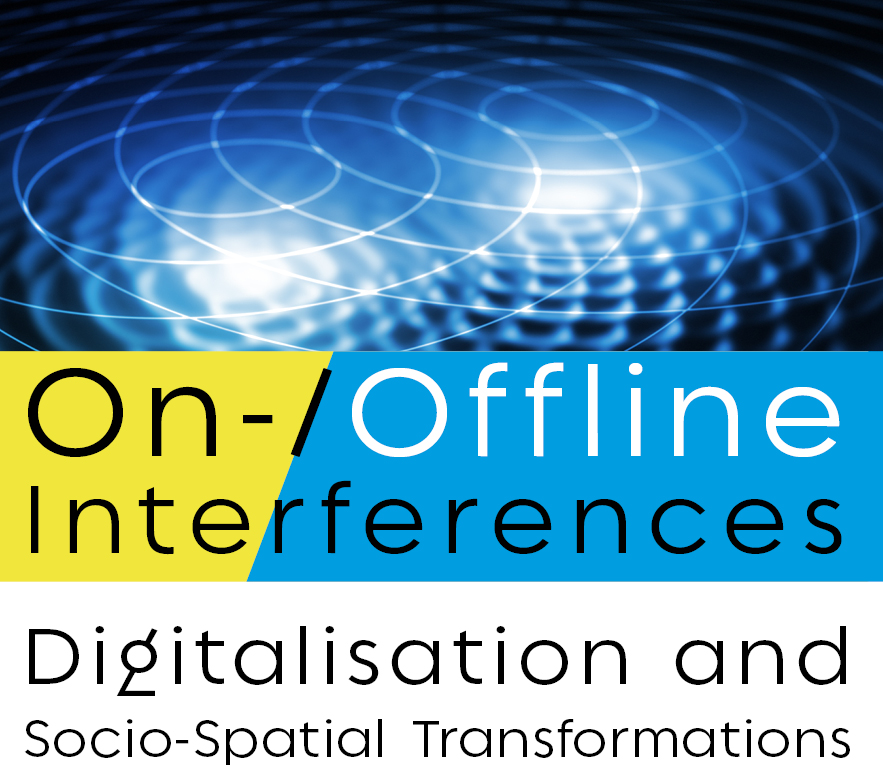Hauptinhalt
On-/Offline Interferences – Digitalisation and Socio-Spatial Transformations
International Web-Conference

During the past three decades we have witnessed nothing less than a digital revolution. Digitalization refers to a long-term process in the course of which more and more parts of social and economic life are being captured by digital technologies and the digitization of human action. Digitalization can thus be seen as the most disruptive part of the history of the mediatization of societies. Concepts of mediatization assume that the increasing everyday use of ever new analog and digital media leads to changes in human actions - and that the changed modes of action in turn bring about changes in the organization of social and also physical worlds (Hepp, Hjarvard and Lundby 2015). In the face of very extensive digitalization, Hepp (2020) even speaks of a "deep mediatization," for which it is typical that all elements of our social world are closely connected to digital technologies and their underlying infrastructures. Even objects that are not traditionally considered digital media, such as a car, are turned into media because of their digital connectivity (Hepp 2020, 5 f.). The influence of digital technology has become so pervasive that the concrete and the virtual, the immediate and the mediated have become inseparable. Online and offline, in other words, are no longer understood as different spheres, but amalgamate to a synthetic on-/offline experience. At the same time, and despite all technological progress, on-/offline is not (and will probably never be) a seamless experience, but one that is ripe with technical frictions, social conflicts as well as sensual and emotional irritation. Not to mention the fact that digital technologies are typically software-based and thus controlled by algorithms. This means not only that human actors are guided by algorithms because of digital technologies, but in the sense of Latour's actor-network theory, that algorithms "too have agency" (Latour 2005).
There is increasing evidence that mediatized and especially digitalized action may result in different experiences, forms of knowledge, ways of acting, social processes, and possibly also in different perceptions and arrangements of spaces. The fact that social actors can be (virtually) present in several places simultaneously and that, depending on the media they use, they are able to act in various forms of translocality, illustrates this argument. Spatial constructs may be arranged in entirely new ways. In this context, Knoblauch and Löw (2020) and Christmann, Knoblauch and Löw (2022, in press) see indications that since the 1960s – gradually – a major refiguration of spaces has taken place. They state that the territorially based, centralized, and hierarchically structured figuration of spaces typical of modernism have not yet disappeared entirely, but in the meantime have increasingly been reshaped considerably by other ordering principles, such as deterritorialized, decentralized, and level structures.

